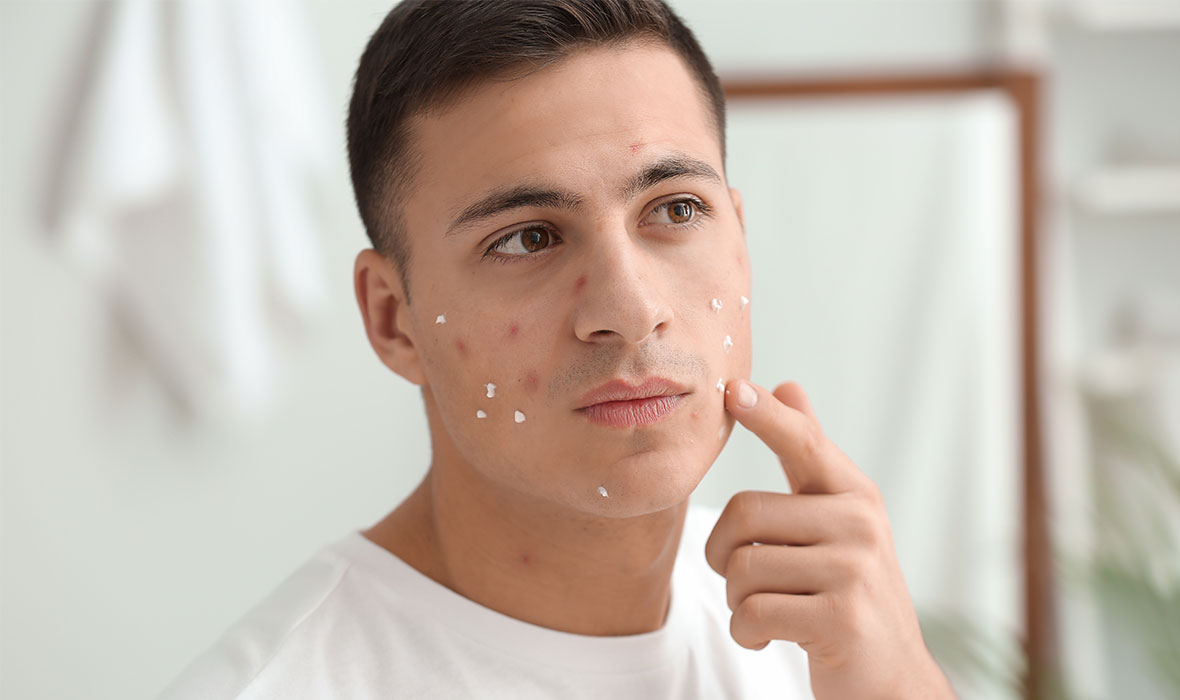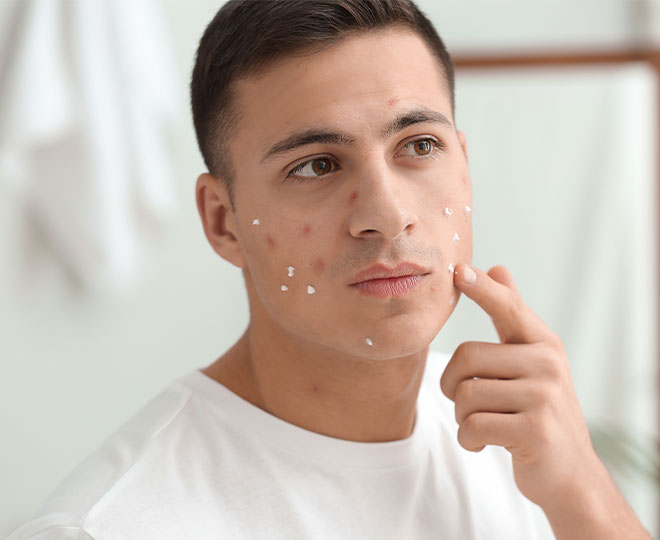We’ve all been there at some point in our lives: A large, glaring pimple suddenly shows up unannounced, causing you to frantically search high and low for remedies to get rid of it quickly. Grrrrr.
And of course, popping it may seem like the easiest way of getting rid of a really noticeable pimple, (especially when it’s Thursday, and your friend’s wedding weekend is approaching fast.) However, as tempting as it may be, squeezing pimples actually makes the situation a lot worse. It’s not only painful, but it can lead to scarring, and increases your risk for developing new breakouts.
That said, not all hope is lost! Drying out your pimples can actually be a safer zit-busting strategy than popping them, as doing so with the help of anti-acne ingredients can help rid the pores of excess sebum and oil, which can trigger new breakouts. However, as effective as these ingredients may be, they can also be drying if used incorrectly. So, you’ll definitely want to be mindful of your usage habits, and discuss any new products you plan on using with a dermatologist beforehand.
Now, let's chat about how to dry out a pimple safely, plus explore what exactly to put on pimples, so you can send those enormous zits packing.
Should you dry out a pimple?
Reducing the appearance of bigger zits can be a tricky task, as the clear fluid from pimples ‒ aka pus ‒ is what causes them to look large and intimidating. These pus-filled pimples, are better known as pustules, and are basically papules with pus at the tips.
Because they are large, pustules can be tempting to pick. However, as we mentioned earlier, popping zits is a major no-no. So how should you dry out a pimple? Be careful, as some home remedies (looking at you, toothpaste) can be too drying and irritating to the skin. Also, drying out your skin with too many astringents can actually cause more breakouts to form, so it’s important to be mindful of what to put on pimples.
How to dry out pimples safely
How to dry out a pimple safely starts by selecting over-the-counter products that contain anti-acne ingredients. Over-the-counter acne creams or gels that contain salicylic acid or benzoyl peroxide are a great place to start, as these ingredients have plenty of research that demonstrates their acne-fighting powers. Here are some effective options to get you started.
What is salicylic acid? This ingredient is often found in cleansers and spot treatments, because it treats pimples by helping unplug blocked skin pores. Like salicylic acid, benzoyl peroxide is also used in cleansers and spot treatment products and is effective for treating breakouts as it decreases P. acnes bacteria on the skin. Benzoyl peroxide also dries out excess sebum and oil lingering in the pores, making it ideal for those with oily and acne-prone skin. Sulfur is another ingredient that can also be used to dry out a pimple. It is often used in spot treatments as it removes dead skin cells that clog pores and helps remove excess oil.
However, be aware that while these topical ingredients are great for treating acne, they also can be drying and cause irritation to the skin. If you aren’t sure how your skin will respond to these ingredients, it’s best to just test a small amount first, and always consult a dermatologist if you have any questions.
Summary
Let’s be real, large and noticeable pimples always strike at the worst moments. However, no matter how large and noticeable pustules may be, it’s never a good idea to pop them. Drying out a pimple can be a safer course of action to explore, as when done correctly, it allows the pimple to dry out instead of spreading its pus to other pores. To dry out pimples safely, it’s best to stick with over-the-counter products that contain acne-fighting ingredients.






